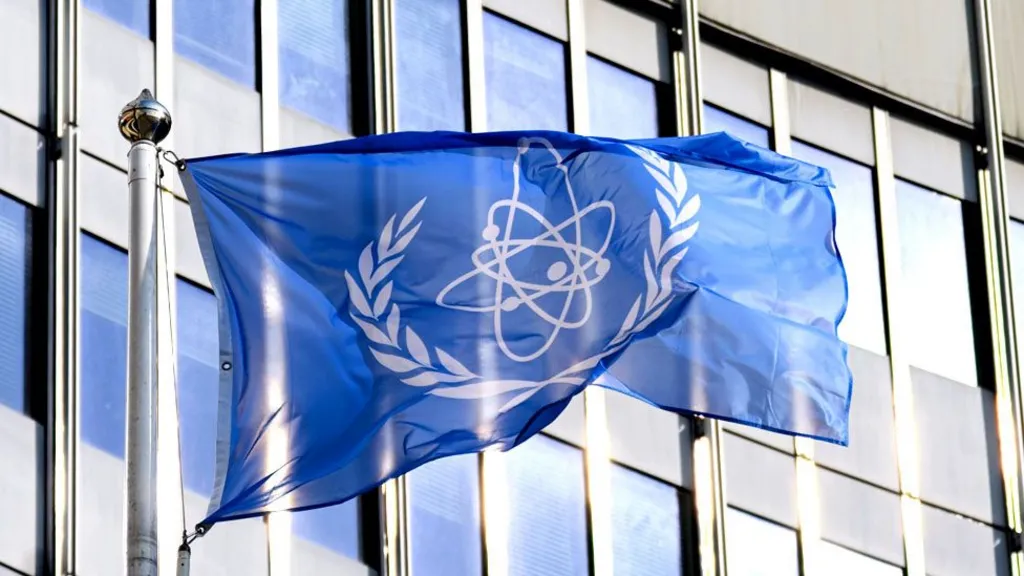The international community is once again at a crossroads over Iran’s nuclear program. For the first time in nearly two decades, the International Atomic Energy Agency (IAEA) has formally declared Iran in violation of its non-proliferation obligations. A resolution passed by the IAEA Board of Governors—approved by 19 members—was pushed forward by the United States, Britain, France, and Germany. The move reflects mounting concerns over Iran’s expanding stockpile of enriched uranium, which has now reached levels that could be used for both civilian energy and nuclear weapons production.
Poundland Sold for £1: A Shocking Retail Shake-up and Uncertain Future for Discount Giant
The IAEA’s decision follows accumulating evidence that Iran has failed to provide adequate and timely information regarding its undeclared nuclear materials and activities—a clear violation of its commitments under the Nuclear Non-Proliferation Treaty (NPT). The agency stated it can no longer confirm that Iran’s nuclear program is exclusively peaceful, triggering alarm among international stakeholders.
The resolution expressed “deep regret” over Iran’s repeated failures to fully cooperate with the IAEA, particularly since 2019. A recent agency report criticized Iran’s “general lack of cooperation” and revealed that the country has enriched uranium to 60% purity—dangerously close to weapons-grade levels. According to experts, this stockpile could potentially be used to build up to nine nuclear weapons, further fueling fears that Iran’s atomic ambitions threaten regional and global security.
Iran Rejects the Resolution, Escalates Nuclear Efforts
In response, Iran’s government rejected the resolution, dismissing it as illegitimate and politically motivated. In a joint statement, Iran’s Foreign Ministry and the Atomic Energy Organization of Iran (AEOI) condemned the IAEA’s findings and vowed to continue its nuclear development. Tehran announced plans to build a new uranium enrichment facility in a “secure location” and to upgrade its centrifuge infrastructure by replacing older models with advanced sixth-generation machines at its underground Fordow site.
Iran insists that its nuclear program is solely for peaceful purposes, such as electricity generation and scientific advancement. However, its continued lack of transparency—especially regarding undeclared facilities—has raised serious doubts about the true intentions behind its enrichment activities. With its enriched uranium reserves growing, the potential for Iran to rapidly develop nuclear weapons remains a pressing concern for global powers.
A Divided Global Response
The international response to Iran’s nuclear escalation remains divided. While the U.S., U.K., France, and Germany advocate for stronger accountability and transparency, Russia, China, and Burkina Faso voted against the resolution. Eleven countries abstained, and two were absent from the vote—highlighting the geopolitical complexity surrounding Iran’s nuclear program.
Russia and China, in particular, continue to support Iran’s right to pursue peaceful nuclear energy, viewing its program as a legitimate part of its scientific and energy development.
Potential United Nations Involvement and Sanctions
The IAEA resolution could open the door for a referral to the United Nations Security Council (UNSC), which has the authority to reimpose sanctions lifted under the 2015 nuclear deal, formally known as the Joint Comprehensive Plan of Action (JCPOA). Iran has already warned that additional international pressure or sanctions would only accelerate its enrichment efforts and other nuclear advancements.
Signed in 2015, the JCPOA placed strict limits on Iran’s nuclear activities in exchange for sanctions relief. The agreement also allowed for continuous monitoring by IAEA inspectors. However, in 2018, then-President Donald Trump withdrew the U.S. from the deal, citing its inadequacy in permanently preventing Iran from acquiring nuclear weapons. In the aftermath, Iran began to violate key terms of the agreement, including enriching uranium beyond agreed levels and limiting inspections.
Diplomacy, Conflict, and the Path Ahead
Efforts to revive the JCPOA under President Joe Biden have stalled amid Iran’s ongoing nuclear expansion and its regional activities, including involvement in conflicts across the Middle East. While indirect talks between the U.S. and Iran continue, progress has been limited, and mutual accusations of non-compliance persist.
The situation has further inflamed tensions between Iran and Israel. Israeli officials have warned of possible military action to halt Iran’s nuclear progress. Long viewing Iran’s nuclear program as an existential threat, Israel has hinted at unilateral military options, raising fears of a broader regional conflict.
Amid these rising tensions, the U.S. has increased its military presence in the Middle East and advised non-essential personnel to leave several embassies in the region. Reports suggest that Israel is preparing for potential strikes on Iranian nuclear facilities—moves that could have far-reaching consequences.
Conclusion
The recent IAEA resolution marks a critical moment in the long-standing dispute over Iran’s nuclear ambitions. While immediate threats to global security remain contained, the long-term risks posed by Iran’s trajectory cannot be ignored. As diplomacy faces growing obstacles and the specter of military conflict looms, the international community must navigate a volatile and increasingly urgent crisis.
Whether Iran chooses to return to compliance or defy global pressure will shape not only regional stability but also the future of international nuclear governance.

